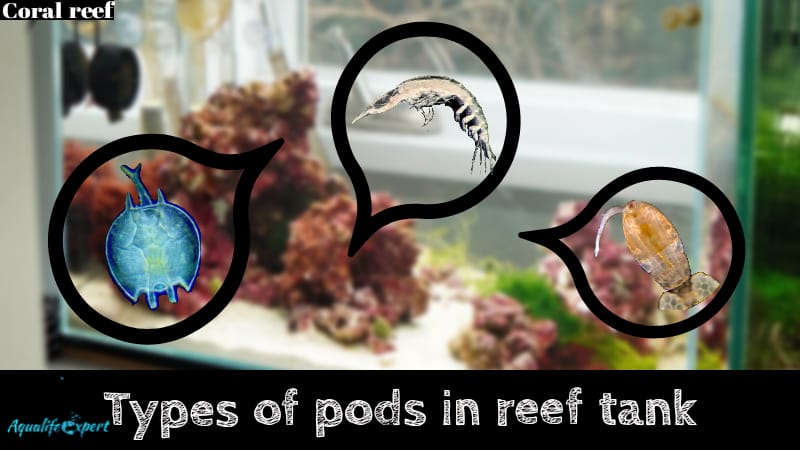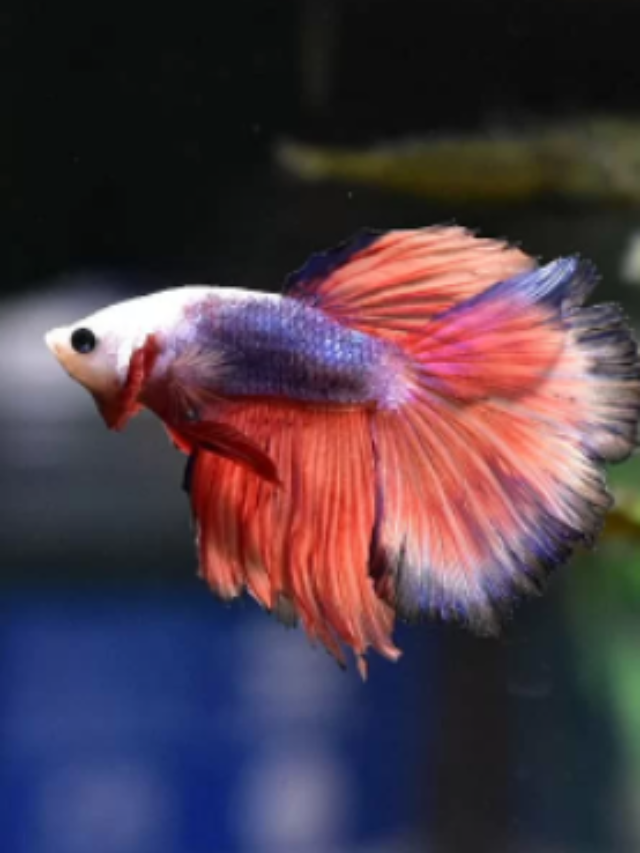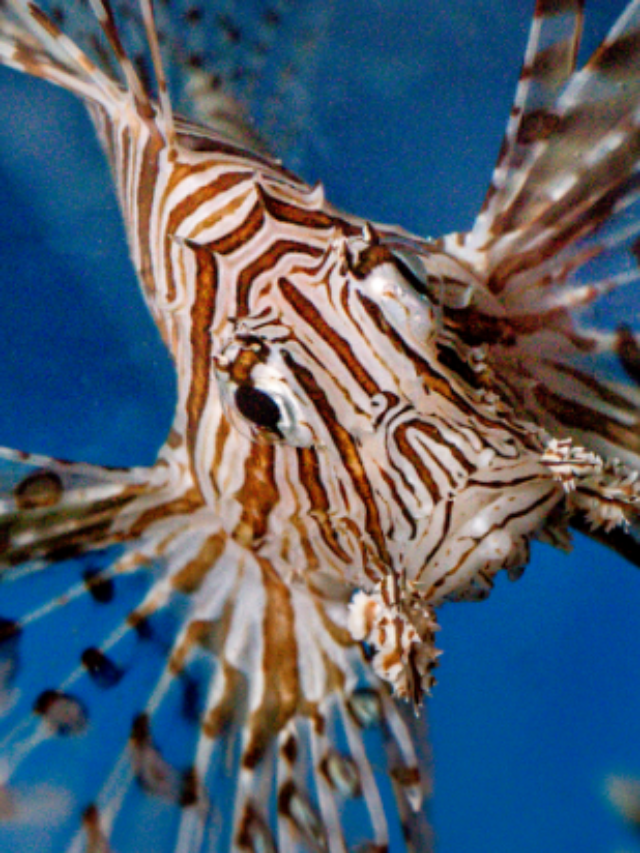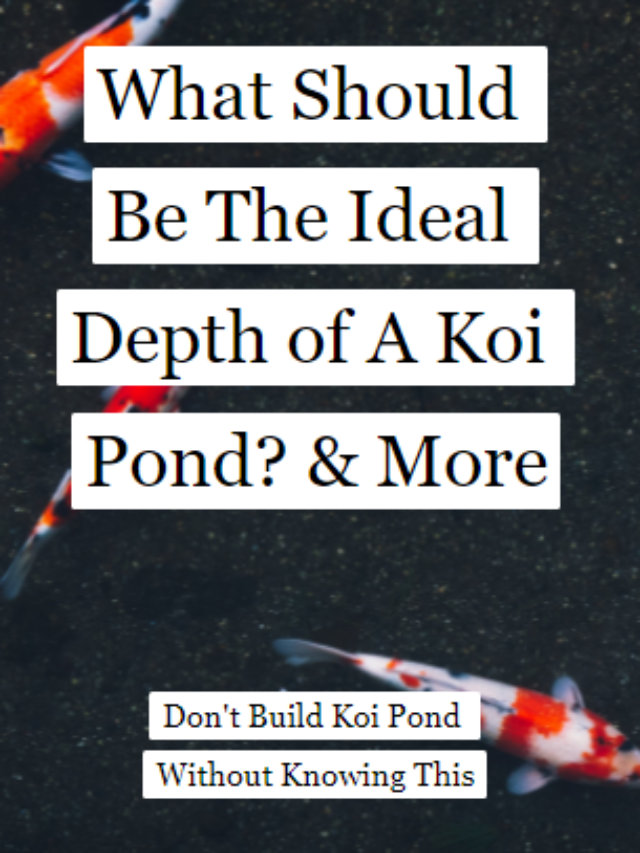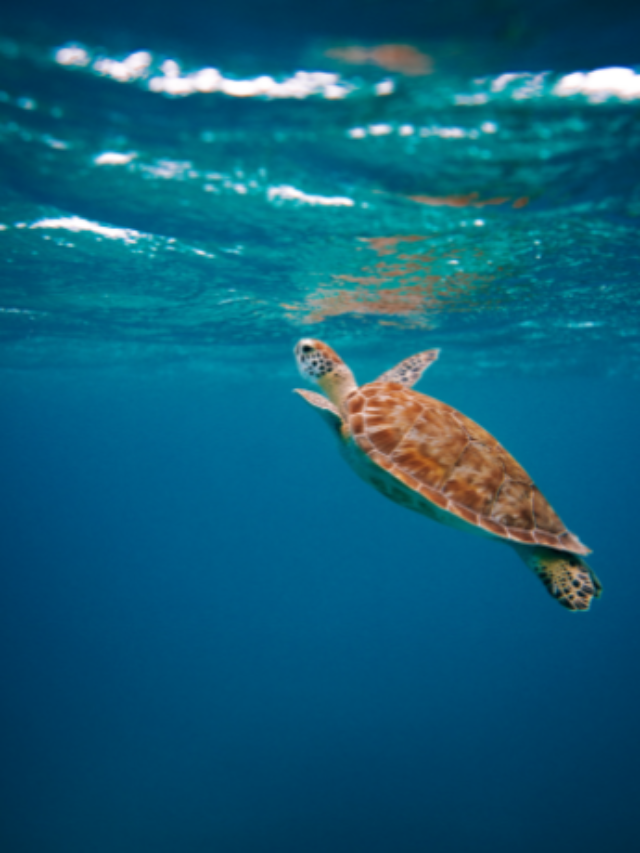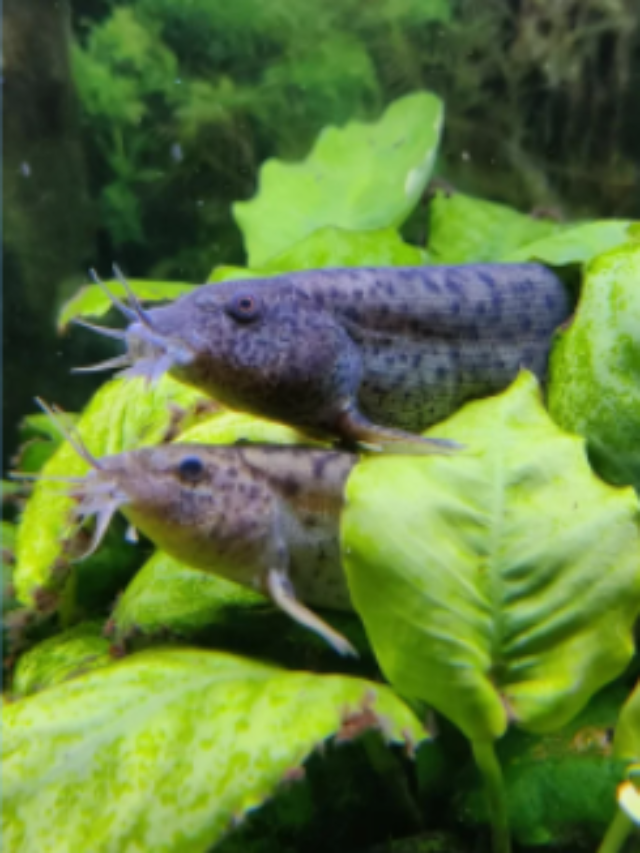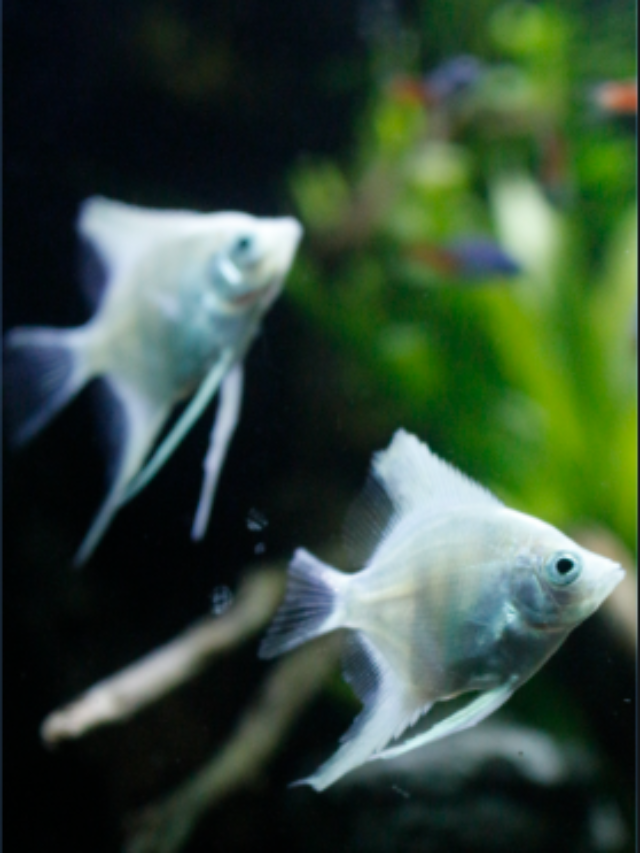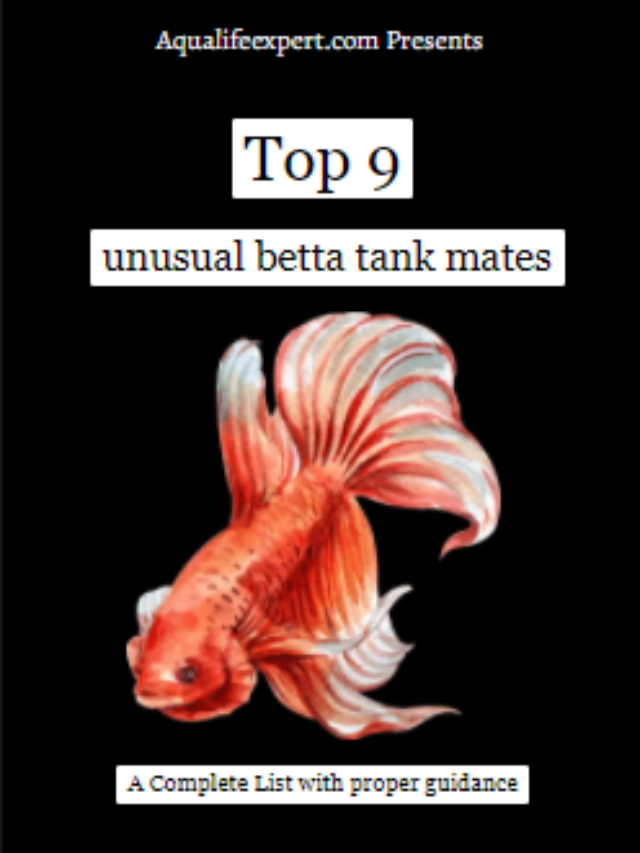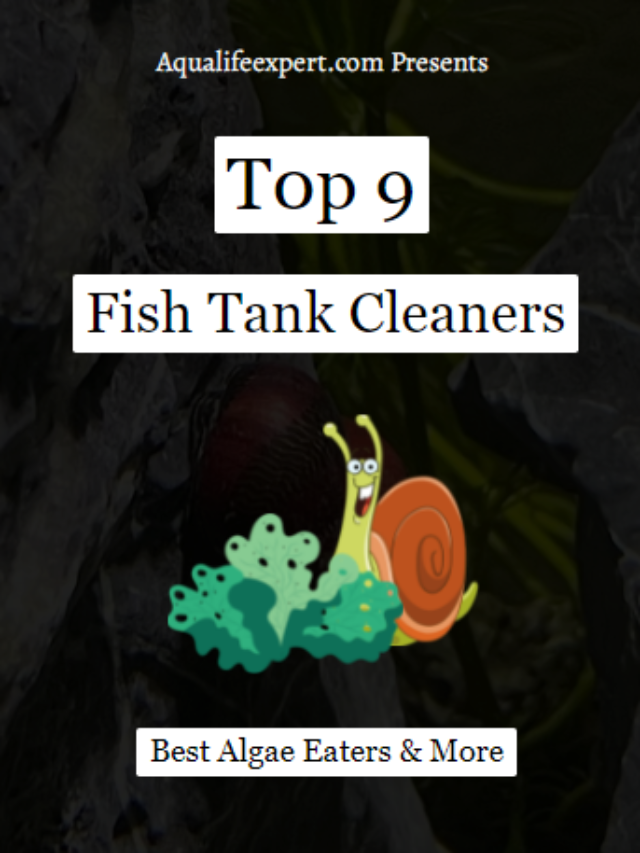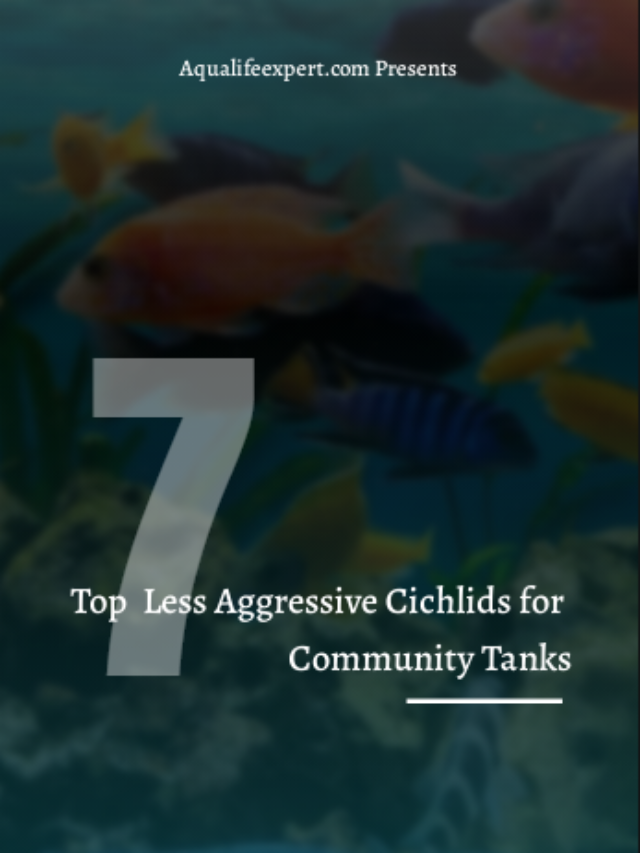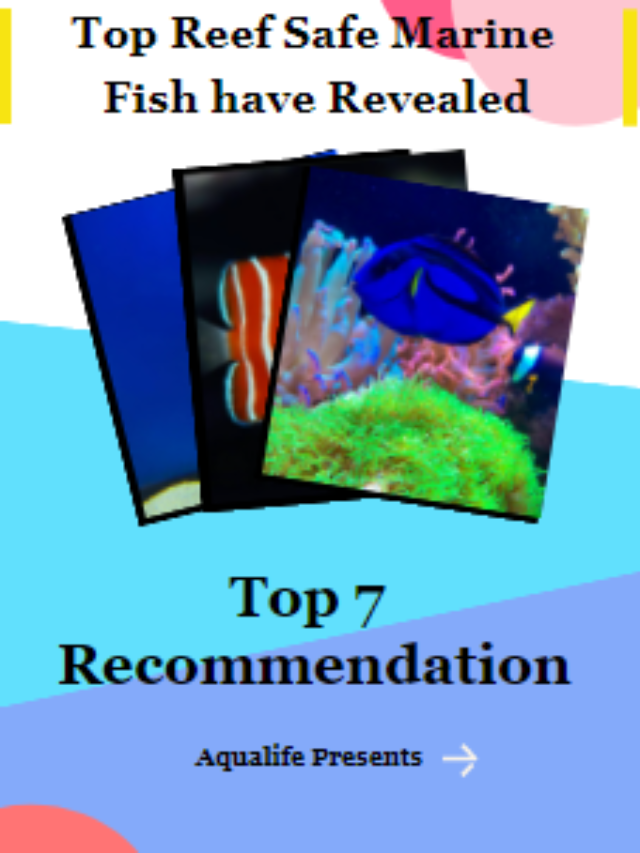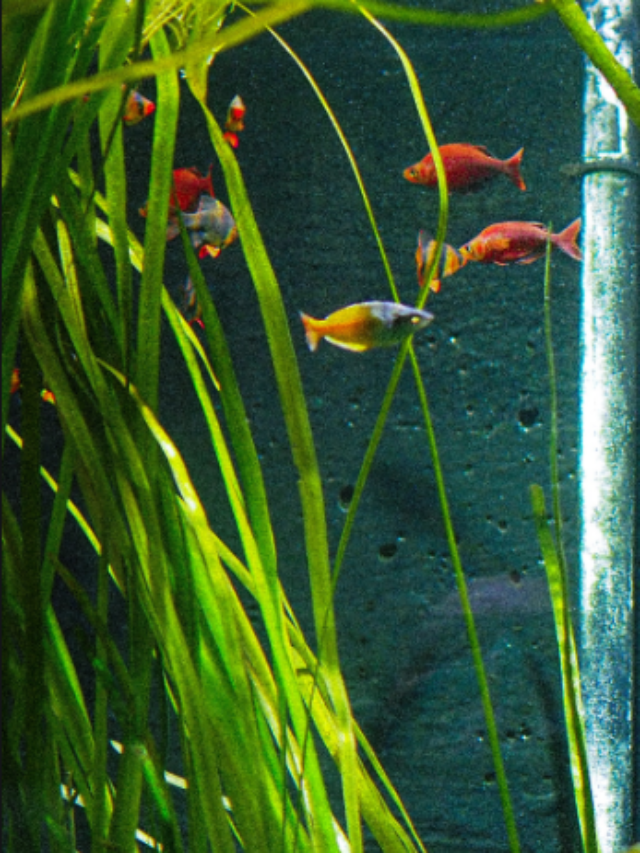Various Types of Pods in Reef Tank: With Nutrition Values
Check Our Quick Stories
A reef tank always carries microorganisms. If you have a reef tank that means you are keeping aquatic biodiversity in your house. So there is no surprise if your reef tank carries pods.
There are some types of pods that you should know about.
Different types of pods in a reef tank
The names of these pods are
- Copepods
- Tiger pods
- Amphipods
- Brine shrimp
- Rotifer
These all are crustaceans. All of these you can find in your reef tank. But you may think about what these are and what their importance of them is in the reef tank. Right? Don’t worry! I will discuss these comprehensively now.
What are the copepods in a reef tank?
Copepods are small crustaceans in a reef tank. All the pods are an important part of a reef tank. If you are getting copepods that mean that the reef tank is getting marine biodiversity.
Generally, the size of copepods is so small. You may not see it with bare eyes from 5 feet away. You can see it as a dot. This is an important part of the marine food web. This helps to clear the algae inside of the marine tank.
Copepods do not have advanced respiratory organs. This takes oxygen from water by diffusion.
Copepods have a higher nutrition value than brine shrimp (Artemia). So if you provide copepods to your fishes and live corals then it will be better than any dry flakes or pellets. Fishes like live foods to eat. Fish fries are unable to eat worms. So you can provide copepods to eat with brine shrimp also.
The nutrition values in amphipods are
- 44% – 52% protein content
- 37.3% – 43.2% amino acids
- 10%-19% fatty acids
What are the tiger/tisbe pods in a reef tank?
Mainly there are two different types of copepods. One is tiger pods and another is tisbe pods. People who don’t know much about copepods can think both are the same. But actually, these are not the same copepods. If you are building a new reef tank then you must focus on only tisbe pods instead of tiger pods because tiger pods are relatively hard to cultivate and maintain.
Tisbe pods are generally a common type of copepods that you can see in your reef tank more frequently. This is relatively smaller (0.033 inches) than tiger pods. Both are nutritious for fishes and live corals.
These are an important addition to the reef tank to maintain the food chain of the tank. Smaller mouth saltwater species like sea-horse like tisbe pods. But tisbe pods are proper nutritious food for all types of saltwater species in a reef tank.
Tiger pods are slightly bigger in size than tisbe pods. The length of a tiger pod is approx. 0.062 inches. This is not a good option of food for all types of species in a reef tank. Mandarin goby, butterflyfish can eat this easily. You should not provide this to the baby fish to eat.
Both of these copepods are nutritious for fishes and live corals. But tisbe pods are less nutritious than tiger pods. But both copepods have a high protein level.
Read more:- Tisbe pods/tiger pods. Choose wisely for your reef tank
What are the amphipods in a reef tank?
Amphipods are very small crustaceans that are found everywhere in the sea. This can be found in freshwater too. But if you find these in your reef tank, you should understand that your reef tank is full of live food. So your live corals can eat those amphipods. Having amphipods in the reef tank means, the tank is full of biodiversity. Generally, these amphipods’ size is small (0.0394 inches to 13.4 inches) but the size depends on the species.
This looks like a “comma sign” from 5 feet distance from the reef tank. These are an important part of the food chain. If you have amphipods then you don’t need to worry about the foods of fishes and corals. This helps to clear the brown algae from the reef tank by eating. So, algal bloom can be minimized by having it.
have high nutritional values too. Amphipods contain protein, ash, lipid and carbohydrates.
The nutrition values in amphipods are
- 30.58% – 39% protein
- 34.81% – 49.34% ash
- 11.56% – 19.48% lipid
- 3.51% -6.90% carbohydrates
What is the brine shrimp in a reef tank?
Brine shrimp is another pod that you can find in your reef tank. These pods are very good food for baby fish. This is a nutritious food for any type of fishes and live corals.
This is relatively bigger in size than other pods in a reef tank. The size of a brine shrimp varies from 0.1 inches to 0.4 inches. Not only the saltwater fish, but you can provide these live foods to your freshwater fish also. If you have a large number of fish fries then culturing brine shrimp can be a very good option for you. This will cut lots of expenses to maintain fish tanks.
Experts call brine shrimp artemia. The main drawback of brine shrimp is it can’t provide nutrition for adult fish. So you should not rely on brine shrimp if you have lots of adult fishes in your reef tank. But for live corals, you can provide these to eat.
Baby fish will get so much nutrition value from brine shrimp. Baby fish needs mainly protein to grow faster. Brine shrimp is considered a container of protein.
The nutrition values in brine shrimp are
- 61.6% protein
- 12.9% glutamic acid
- 8.9% lysine
- 5% calcium
Read more:- Is brine shrimp good for aquarium fish? Truth has been revealed
What are the rotifers in a reef tank?
Rotifers are one of the smallest creatures in marine life. If your reef tank has rotifers then you should know that tank is healthy enough.
These are considered as foods for live corals especially. Many fishes can eat rotifers too. When baby fishes come out from eggs then you can provide them rotifers to eat.
Rotifers do not look like brine shrimp or amphipods. These are multicellular and microscopic. You can’t see these with your bare eyes. It has an outer coat. This coat looks like glass. You can see lots of spines on the top of the coat with the help of a microscope.
Rotifers are not technically good food for fishes. But fishes and corals thrive by eating it. Baby fish (especially clownfish), larvae like to eat rotifers most.
The nutrition values in rotifers are
- 55.46% fatty acids
- 22.5% vitamin A
- 10.12% vitamin E
- 5% iodine
Conclusion
If you notice different types of pods in your reef tank then you should not be afraid. You should know that your tank is going to be healthier. This will clear detritus matter from the reef tank. That means it helps to keep ammonia level down in the reef tank. The presence of different types of pods means that the tank is full of biodiversity. As these pods are an important part of the food chain so reef tank maintenance cost becomes less. You should culture these pods if you want to breed marine or freshwater fishes.
So best of luck & happy fishkeeping 🐟

